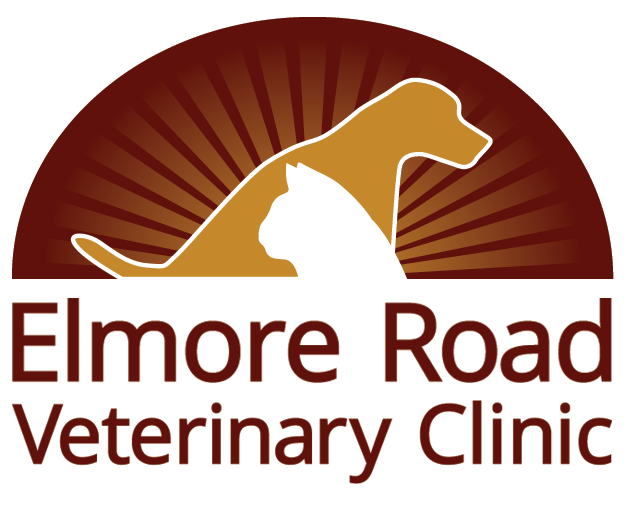Rabies Disease: What Pet Owners Need to Know
Rabies is a viral disease that attacks the nervous system. It is particularly dangerous because its victims—both animal and human—have almost no hope of survival.
Rabies is caused by a virus belonging to the Rhabdoviridae family. It lives in the nervous tissue and salivary glands of its host. When an infected animal bites another animal, the virus is passed in the saliva. Once in the body of a new host, the virus travels up the nerves to the brain, where it starts to replicate. It then travels to the salivary glands. The aggression and increased salivation caused by the progression of the disease increase the chances that the virus will be passed along—via bite wound—to another host.
As the virus begins to attack the nervous system, the disease follows a predictable course characterized by three distinct phases:
- Prodromal phase: The newly infected host will experience a short period (1-3 days) of subtle signs, such as fever, lethargy, and personality changes.
- Furious phase: Behavioral changes progress to increased excitability and even aggression, often causing the animal to bite at anything that comes near.
- Paralytic phase: As the virus takes over the nervous system, the animal suffers progressive paralysis that starts as incoordination and drooping of the mouth (causing drooling, or “foaming at the mouth”), eventually leading to death from failure of the respiratory muscles.
Exposure to rabies
Most cases of rabies in the U.S. are contained within the wild animal population. Bats, raccoons, foxes, and skunks are most likely to carry the rabies virus, although any mammal can be infected. Once an animal is infected with the rabies virus, it can be passed along to other victims, including dogs, cats, ferrets, and farm animals, through bite wounds.
Rabies is considered to be a zoonotic disease, meaning it can be passed from animals to humans. Transmission occurs the same as in animals: If a human is bitten by a rabies-infected animal, saliva contaminated with the virus can be passed through the bite wound, infecting the human.
Because vaccination efforts in the U.S. have been successful, only a few people in the states are infected with rabies each year. In other countries, tens of thousands of people die from rabies every year. There is no cure for rabies; once the virus is transmitted, it is almost always fatal.
Protecting pets from rabies
Protecting pets from rabies is as simple as keeping their annual vaccines up-to-date. The rabies vaccine is one of the core vaccines that every dog and cat should receive. Pet ferrets and horses should also be vaccinated against rabies.
In addition to vaccination, contact between your pet and wild animals should be avoided. Discourage wild animals from venturing on to your property by keeping trash cans tightly covered, cleaning up wood/debris piles, and keeping pet food inside.
Protecting people from rabies
People should also avoid contact with wild animals. Although raccoons and even bats can appear cute and harmless, never try to touch or feed them. If you think you may have been bitten or scratched by a species of wild animal that could carry rabies, you should visit the emergency room immediately for post-exposure treatment.
There is a human vaccine for rabies that is effective, and people who come into frequent contact with animals, such as veterinary staff and those who work with wildlife, should receive the vaccine. Individuals who have been vaccinated should have a rabies titer drawn annually to test their level of protection and determine when their next vaccine should be administered.
What to do if you think your pet has been exposed to rabies
If you believe your pet has been exposed to rabies, bring him to our office immediately. There is no simple test for rabies exposure, but we can help you determine the risk of infection. If your pet is current on his rabies vaccine, he is protected and there is likely no need for alarm. But, if a bite wound is present, medical attention will be necessary. If he is not up-to-date on his rabies vaccine, we will determine the best course of treatment, which may include re-vaccination, rabies titer testing, or quarantine for observation.
If an unvaccinated animal is exposed or is showing signs of rabies, he must be humanely euthanized and tissue samples must be submitted for virus testing.
When was your pet’s last rabies vaccine? If you aren’t sure, or if your pet’s vaccines aren’t up to date, call our office at 662-253-0274.

